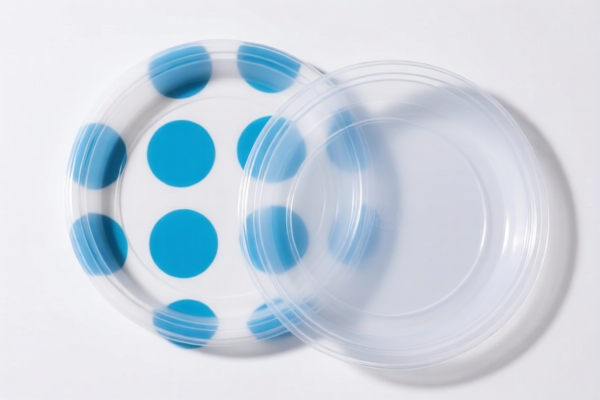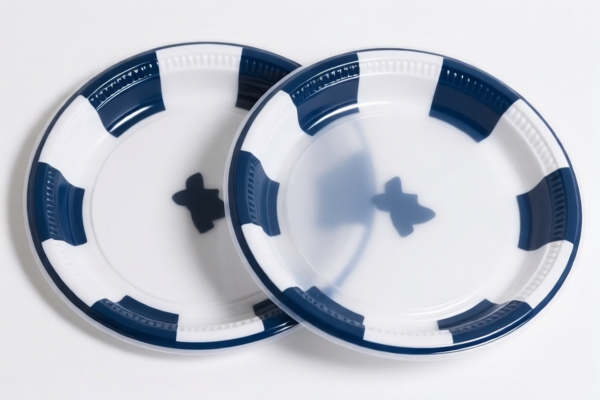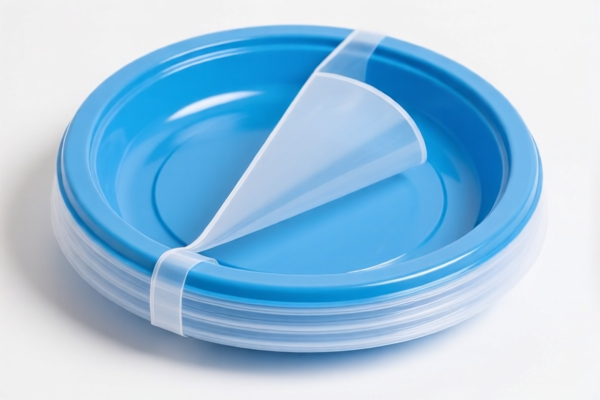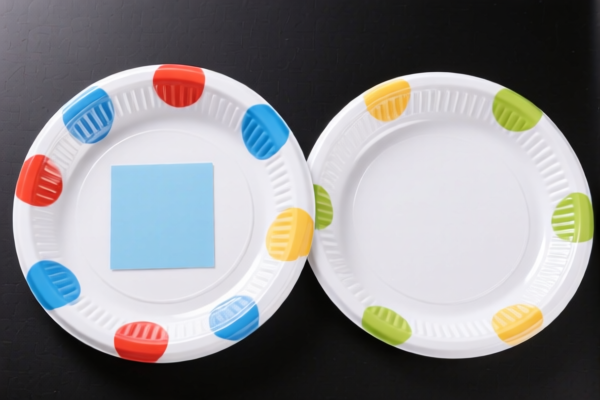Found 15 matching results
(CN → US)
| HS Code | Official Doc | Tariff Rate | Origin | Destination | Effective Date |
|---|---|---|---|---|---|
| 4016910000 | Doc | 57.7% | CN | US | 2025-05-12 |
| 4016100000 | Doc | 55.0% | CN | US | 2025-05-12 |
| 4008111000 | Doc | 55.0% | CN | US | 2025-05-12 |
| 4008210000 | Doc | 55.0% | CN | US | 2025-05-12 |
| 7016905000 | Doc | 60.0% | CN | US | 2025-05-12 |
| 7016901050 | Doc | 63.0% | CN | US | 2025-05-12 |
| 9506910030 | Doc | 42.1% | CN | US | 2025-05-12 |
| 9506996080 | Doc | 41.5% | CN | US | 2025-05-12 |
| 4823906000 | Doc | 55.0% | CN | US | 2025-05-12 |
| 4823908000 | Doc | 55.0% | CN | US | 2025-05-12 |
| 3918102000 | Doc | 60.3% | CN | US | 2025-05-12 |
| 3918901000 | Doc | 60.3% | CN | US | 2025-05-12 |
| 3926904800 | Doc | 33.4% | CN | US | 2025-05-12 |
| 3926909905 | Doc | 42.8% | CN | US | 2025-05-12 |
| 6304996040 | Doc | 33.2% | CN | US | 2025-05-12 |




Anti-Slip Pad
An anti-slip pad is a device designed to increase friction between two surfaces, preventing sliding or movement. They are utilized in a broad range of applications to enhance safety, stability, and protect objects.
Material:
- Rubber: The most common material, offering good grip, durability, and cost-effectiveness. Natural rubber and synthetic rubber (like neoprene or nitrile) are frequently used.
- Silicone: Provides excellent heat resistance, flexibility, and a higher coefficient of friction than many rubbers. Often used for electronic devices and high-temperature applications.
- Polyurethane: Durable and abrasion-resistant, suitable for heavy-duty applications.
- Cork: Lightweight and offers good grip, often used under furniture or for artistic purposes.
- Foam: Provides cushioning along with grip, commonly used in packaging or for delicate surfaces.
- PVC (Polyvinyl Chloride): A cost-effective option, but generally less durable and environmentally friendly than other materials.
- Fabric (often with a rubber backing): Used in rugs, carpets, and other textile applications.
Purpose:
- Prevent Sliding: The primary function is to stop objects from moving unintentionally.
- Protect Surfaces: They can shield surfaces from scratches, dents, and wear.
- Reduce Noise: Can dampen vibrations and minimize noise caused by movement.
- Provide Stability: Enhance the stability of objects, particularly those with a high center of gravity.
- Shock Absorption: Some pads offer cushioning to protect fragile items during transport or use.
Function:
Anti-slip pads function by increasing the coefficient of friction between two surfaces. This is achieved through:
- Surface Adhesion: The pad material conforms to the irregularities of both surfaces, creating a stronger bond.
- Increased Friction: The pad material itself has a higher coefficient of friction than the surfaces it connects.
- Deformation: The pad material deforms under pressure, increasing the contact area and enhancing grip.
Usage Scenarios:
- Furniture: Under chair legs, table corners, or sofas to protect floors and prevent movement.
- Rugs & Carpets: Beneath rugs to prevent slipping and bunching.
- Electronics: Under laptops, phones, or other devices to prevent sliding on smooth surfaces.
- Automotive: Dash mats to prevent items from sliding on the dashboard.
- Appliances: Under washing machines or dryers to reduce vibration and prevent movement.
- Bathrooms: Under rugs or mats to prevent slips and falls.
- Shelving: Under shelf liners to prevent items from sliding off.
- Shipping & Packaging: Used to secure items during transport.
- DIY Projects: Used in various crafts and home improvement projects to provide grip and stability.
Common Types:
- Furniture Pads: Typically made of felt, rubber, or cork, often self-adhesive.
- Rug Grippers: Available in various shapes and sizes, often made of rubber or PVC.
- Dash Mats: Made of rubber or silicone, designed to prevent items from sliding on car dashboards.
- Self-Adhesive Pads: Come in various shapes and sizes, ideal for lightweight objects.
- Honeycomb Pads: Provide cushioning and grip, often used in packaging.
- Gel Pads: Offer strong adhesion and cushioning, suitable for electronics and delicate surfaces.
- Anti-Slip Mats (Rolls or Sheets): Versatile options that can be cut to size for various applications.
Based on the provided information, identifying the precise HS code for "anti slip pad" requires careful consideration of its material and intended use. Here are potential HS codes based on the available data:
- 4016910000: This code covers “Other articles of vulcanized rubber other than hard rubber: Other: Floor coverings and mats”. Given that anti-slip pads are often made of vulcanized rubber and function as floor coverings to prevent slipping, this is a strong possibility. The total tax rate is 57.7%, comprising a 2.7% base tariff, a 25.0% additional tariff, and a 30.0% additional tariff applicable after April 2, 2025.
- 3918102000: This code refers to “Floor coverings of plastics, whether or not self-adhesive, in rolls or in the form of tiles; wall or ceiling coverings of plastics, as defined in note 9 to this chapter: Of polymers of vinyl chloride: Floor coverings: Other”. If the anti-slip pad is made of vinyl chloride plastic, this HS code is applicable. The total tax rate is 60.3%, consisting of a 5.3% base tariff, a 25.0% additional tariff, and a 30.0% additional tariff applicable after April 2, 2025.
- 3918901000: This code covers “Floor coverings of plastics, whether or not self-adhesive, in rolls or in the form of tiles; wall or ceiling coverings of plastics, as defined in note 9 to this chapter: Of other plastics: Floor coverings”. If the anti-slip pad is made of plastics other than vinyl chloride, this HS code is relevant. The total tax rate is 60.3%, including a 5.3% base tariff, a 25.0% additional tariff, and a 30.0% additional tariff applicable after April 2, 2025.
- 7016905000: This code covers “Paving blocks, slabs, bricks, squares, tiles and other articles of pressed or molded glass, whether or not wired, of a kind used for building or construction purposes; glass cubes and other glass smallwares, whether or not on a backing, for mosaics or similar decorative purposes; multicellular or foam glass in blocks, panels, plates, shells or similar forms: Other: Other”. If the anti-slip pad is made of glass, this HS code may be applicable. The total tax rate is 60.0%, comprising a 5.0% base tariff, a 25.0% additional tariff, and a 30.0% additional tariff applicable after April 2, 2025.
Important Considerations:
- The material composition of the anti-slip pad is crucial for accurate classification.
- If the pad is used in building or construction, HS code 7016905000 should be considered.
- For HS codes 3918102000 and 3918901000, verifying the specific type of plastic used is essential.
- HS codes 4016910000, 3918102000, 3918901000 all have additional tariffs that will change after April 2, 2025.
Customer Reviews
No reviews yet.